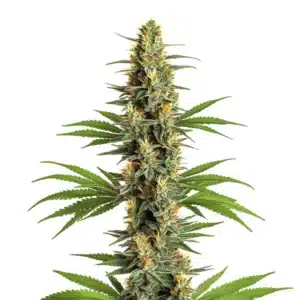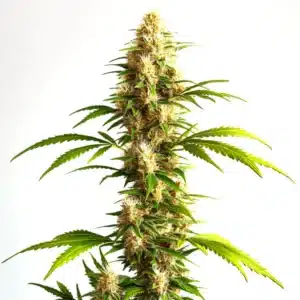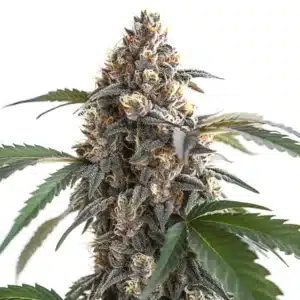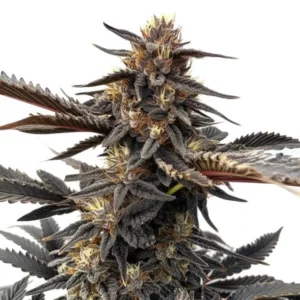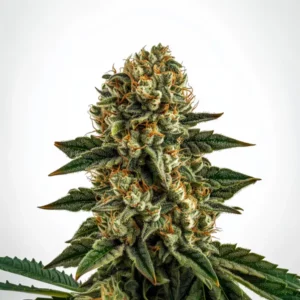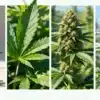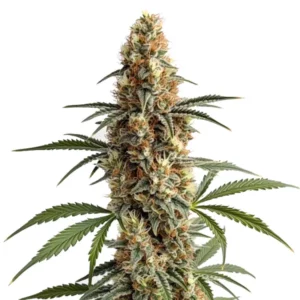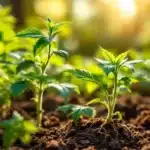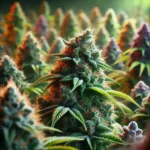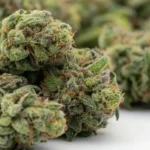
What is a Gibberellin?
What is a gibberellin? It is a type of plant hormone that plays a vital role in plant growth and development. For both first-time cannabis seed buyers and experienced growers, understanding gibberellins can help optimize a crop’s performance. The term refers to a group of around 130 plant growth substances.
These hormones are known for promoting stem elongation, germination, and flowering. They were first discovered in a fungus called Gibberella fujikuroi, which caused abnormal growth in rice plants. In cannabis cultivation, strains like Critical 2.0, Gelato, and Gorilla Glue 4 can benefit from the right application of gibberellins, leading to taller plants and bigger yields.
Recommended Strains
Critical 2.0
|
|
THC | 18% - 22% (Medium) |
|
|
Type | Feminized |
|
|
Yield | High |
|
|
Phenotype | 60% Indica / 40% Sativa |
Critical 2.0 Auto
|
|
THC | 18% - 20% (Medium) |
|
|
Type | Autoflowering |
|
|
Yield | Medium |
|
|
Phenotype | 60% Indica / 40% Sativa |
Gibberellin in Biology
Gibberellin is active in almost every phase of plant development. It’s involved in breaking seed dormancy, promoting stem elongation, and aiding in flowering, fruit development, and leaf and root growth. It also plays a role in the plant’s response to environmental conditions like light and temperature. Furthermore, it influences plant reproduction and can enhance the synthesis of certain enzymes that convert stored starches into sugars for energy.
Promos & Deals
How Does a Gibberellin Work?
It works by interacting with other plant hormones and influencing plant genes, resulting in the production of proteins vital for growth. For instance, in stem elongation, gibberellins stimulate enzymes that weaken cell walls, allowing them to expand. In seed germination, they help break down food reserves, providing energy for the seed to sprout. These hormones can also delay leaf aging (senescence) and help plants adapt to stress like drought or cold.
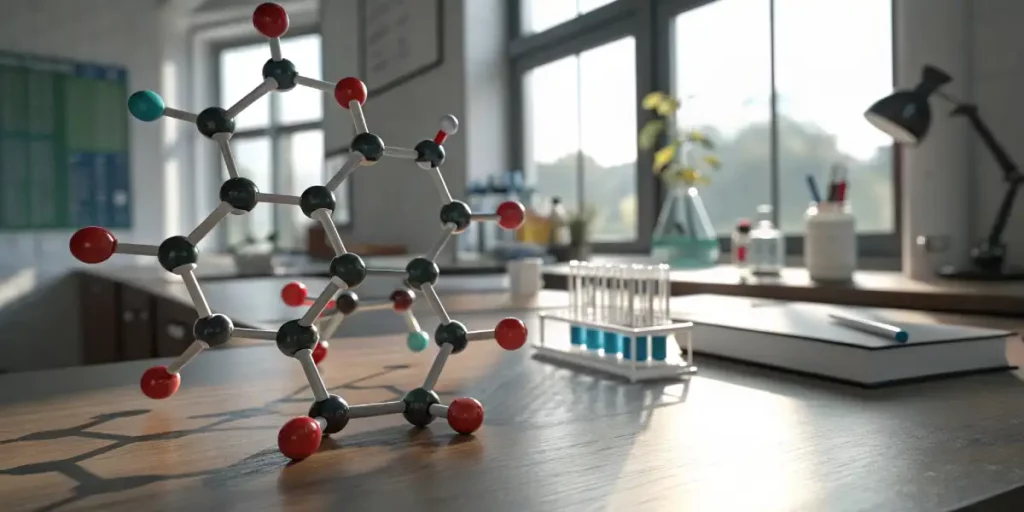
Function in Growth
The function of gibberellin in growth is multi-faceted. It promotes stem elongation, seed germination, leaf expansion, and flowering. Strains like Critical, Gelato, and Gorilla Glue can benefit from the application of these growth regulators, leading to more robust plants with higher yields. Gibberellins also have a profound impact on plant architecture, influencing the direction of growth and the size and shape of leaves, flowers, and fruits.
Practical Uses in Agriculture
Farmers use gibberellins to increase the size and improve the shape of fruits, such as grapes. They are also used to break seed dormancy in crops like corn and wheat, encouraging faster, more uniform germination. This can help improve crop yields and reduce the time to harvest.
Gibberellins also have a role in organic farming as they are naturally occurring substances. For those interested in natural, homemade solutions, it is possible to extract gibberellins from other common plants. For example, a gibberellin-rich broth can be made by boiling natural plants like nettles or thyme in water. However, it’s important to know that these natural hormones are not stable and will only last for a few hours in the water. Therefore, any homemade solution must be applied on the same day it is made, either as a foliar spray or by including it in the irrigation water.
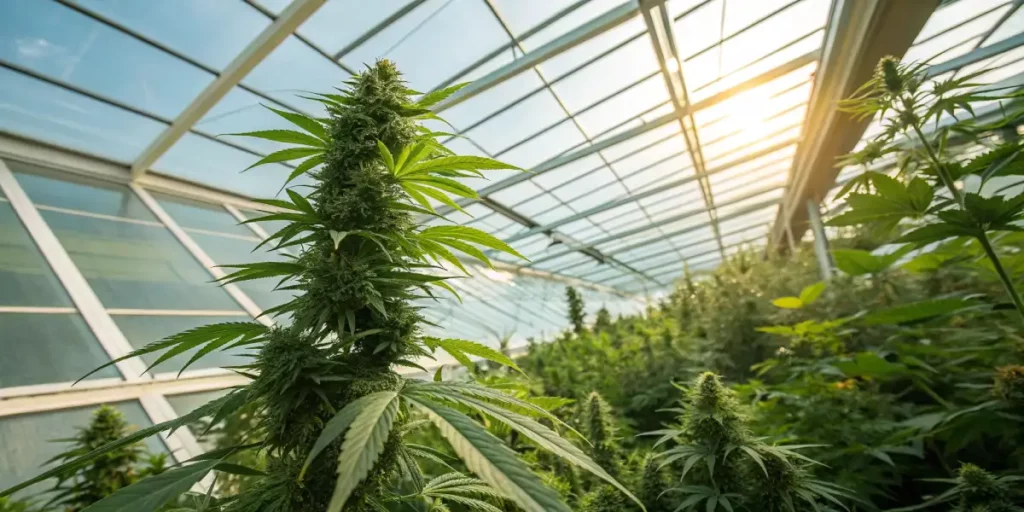
FAQs
What are some practical applications of gibberellins in cannabis cultivation?
Gibberellins can be used in cannabis to promote stem elongation, seed germination, and flowering. They can also be used to delay aging in the plants and enhance their ability to tolerate challenging conditions like drought or high temperatures, potentially leading to more robust plants with higher yields.
How do gibberellins interact with other plant hormones?
They interact with other hormones like auxins, cytokinins, and abscisic acid to regulate plant growth. The interaction with auxins is crucial for stem elongation, while the balance with abscisic acid determines if a seed will germinate or remain dormant.
Are there any risks associated with using gibberellins?
Yes, improper use can lead to unwanted effects. Overuse can make plants too tall and spindly, making them prone to falling over. It can also lead to overly rapid growth, which can stress the plant. It’s important to use the correct concentration and apply it at the right time.
Can gibberellins be used in organic farming?
Yes, as they are naturally occurring plant hormones, they are considered safe for organic agriculture. However, growers should ensure any commercial product they use is certified organic if they are following strict organic practices.
What are some signs that a plant may be lacking gibberellins?
A lack of gibberellins can lead to stunted growth, smaller leaves, and a failure to flower or produce fruit as expected. Seeds may also fail to germinate properly. This can sometimes be confirmed with a soil test, and a supplement can be applied.


